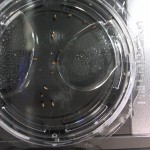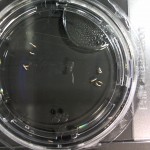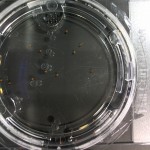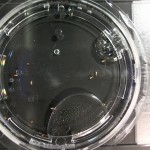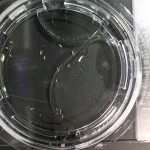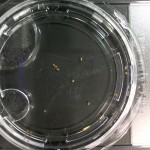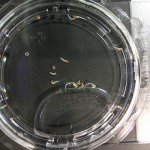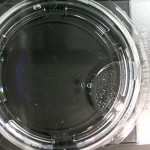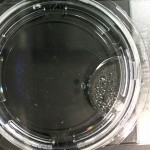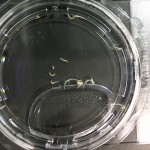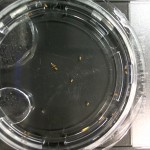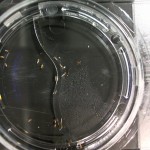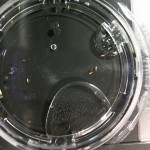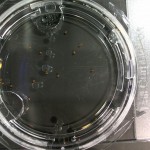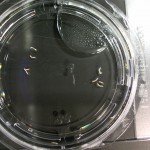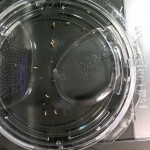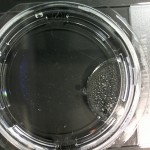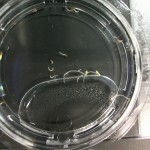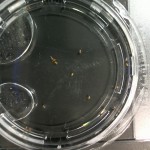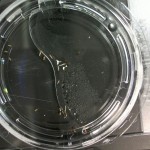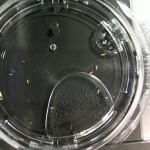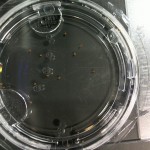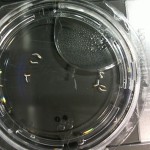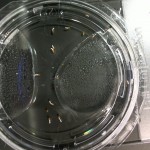Slightly over a month ago, I came across the Winnower and began a project in open notebook science. The concept was to upload notes from my notebook to the Winnower, archive the notes, and get DOI’s for each post. Then I would write 2 papers: one to summarize the experiment and the other to theorize a complete publication system that would incentive open documentation of real-time research (open notebook science). I chose the Repeating Crumley experiment for this experiment in ONS, and you can read about the reasoning here.
Well I’m happy to say that I’ve completed Steps 1, 2, and 3! I’ve posted every notebook entry in the RC series (there’s a physics pun there somewhere) to the Winnower and received DOI’s for almost every post. A few posts didn’t translate, at all, on the platform. They are uploaded, but I didn’t bother with the DOI. Regardless, you can go on any of my Winnower posts and get a DOI (or click through to my notebook), or look through the RC entries and click the DOI to get to the Winnower archive of that post.
One cool side effect of this project was that a Twitter friend noticed a post that had embedded .gifs and I think I am now credited with being the first to publish a scientific paper with embedded .gif’s.
Now it’s time to write the paper based on all this research. I got the process started a couple years ago with a Google Doc about the project. I think I never followed through, because I didn’t value the traditional publication process. I think open science and peer review publication are on a course to merge and the incentives for ONS will shift, but this is a topic for another time.
Anyway, here is the previous write-up which I’ll work on, merge with some info from my dissertation, and to which add some new thoughts.
This part may take some time…
This post is open to read and review on The Winnower.
Like this:
Like Loading...
